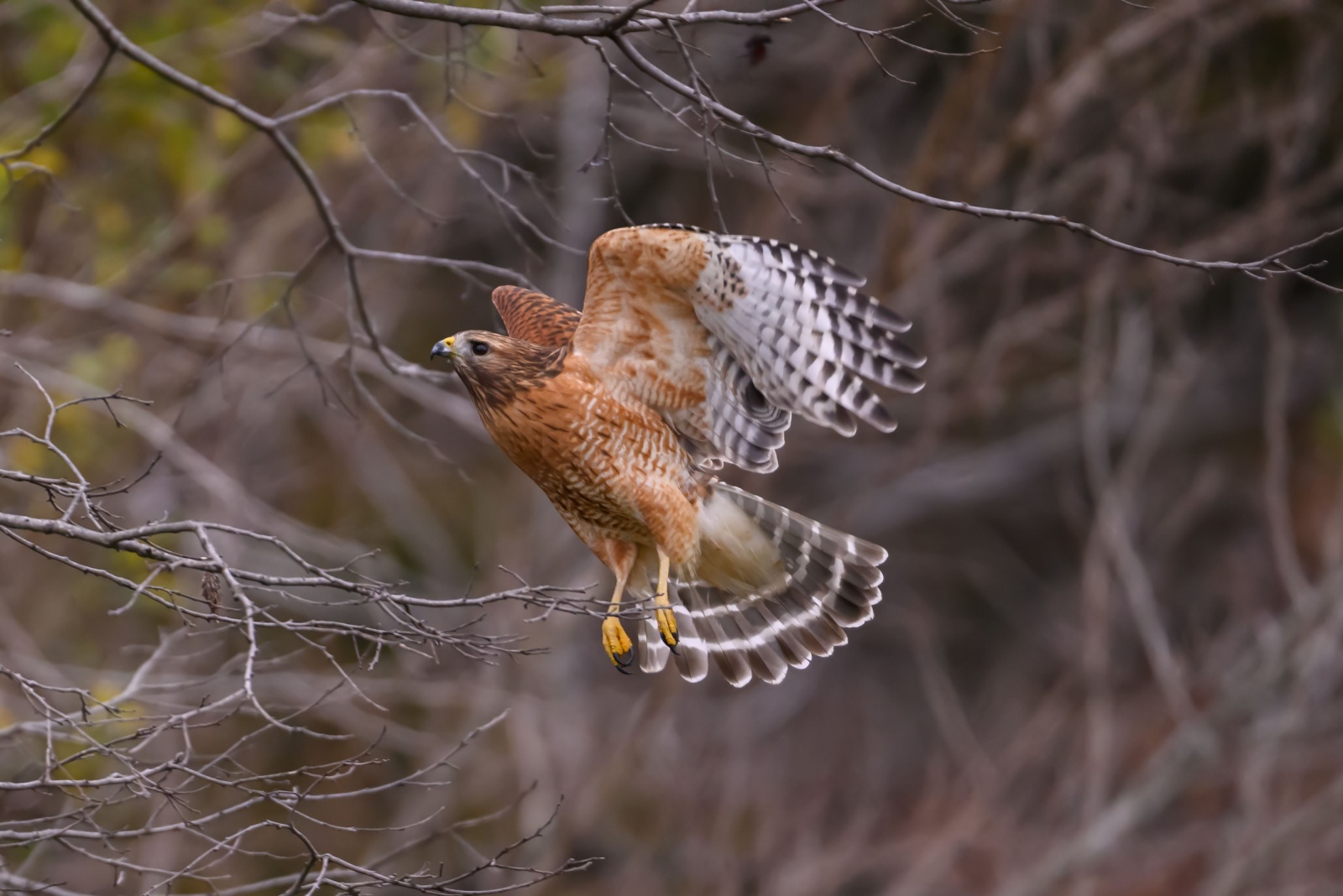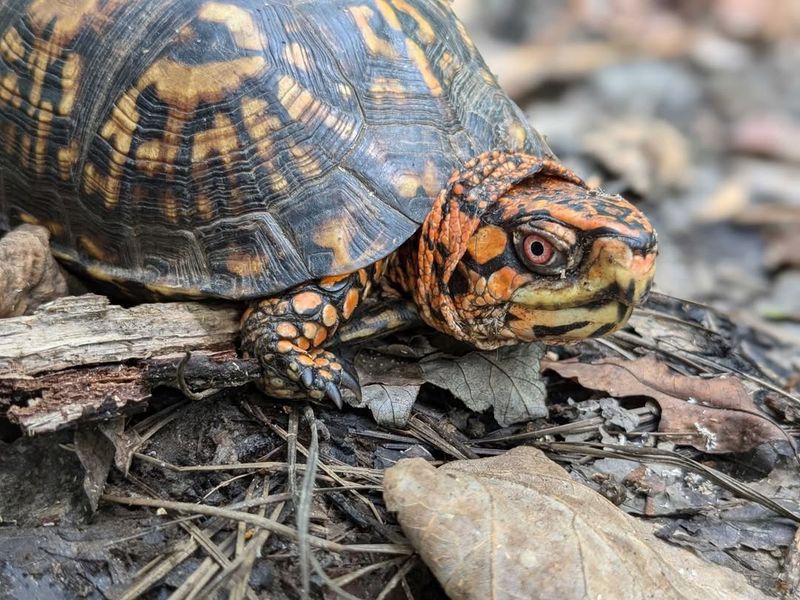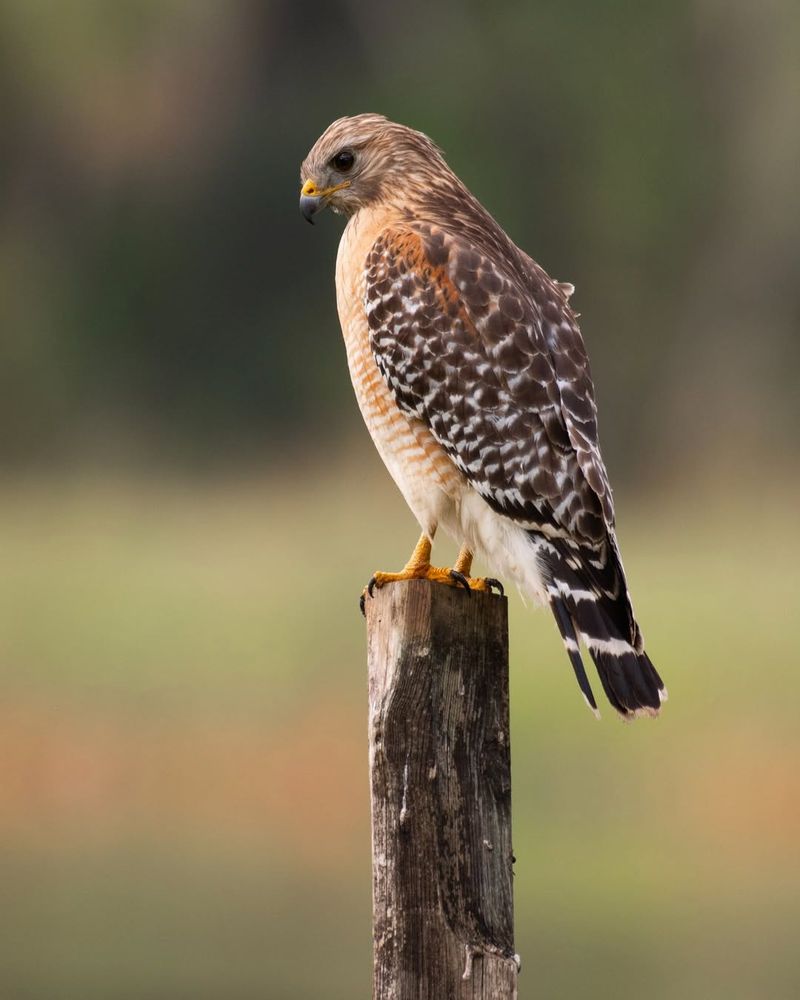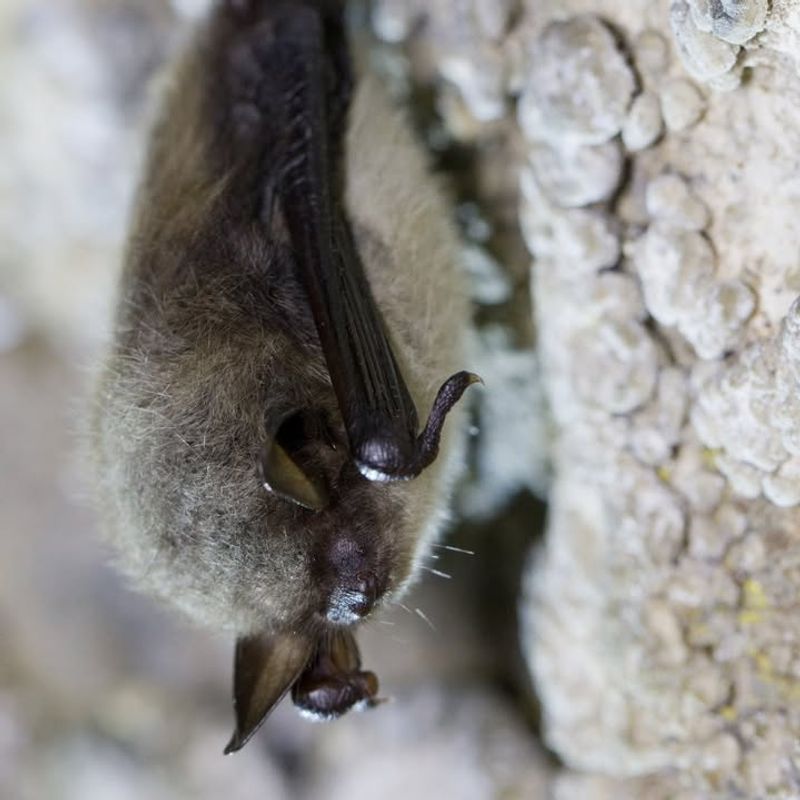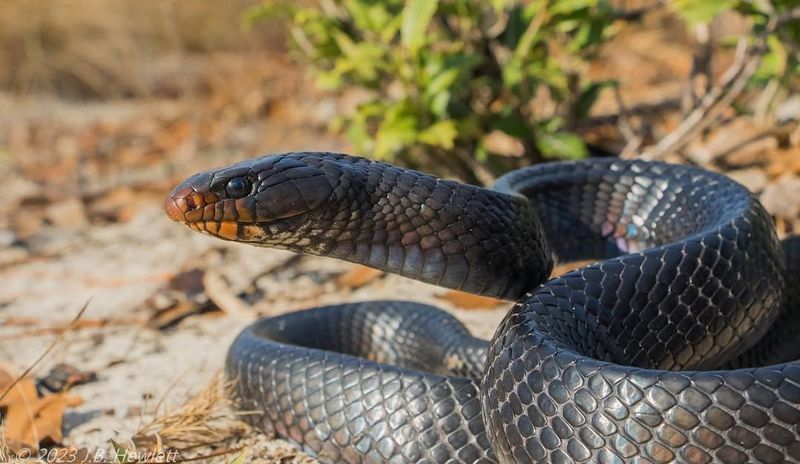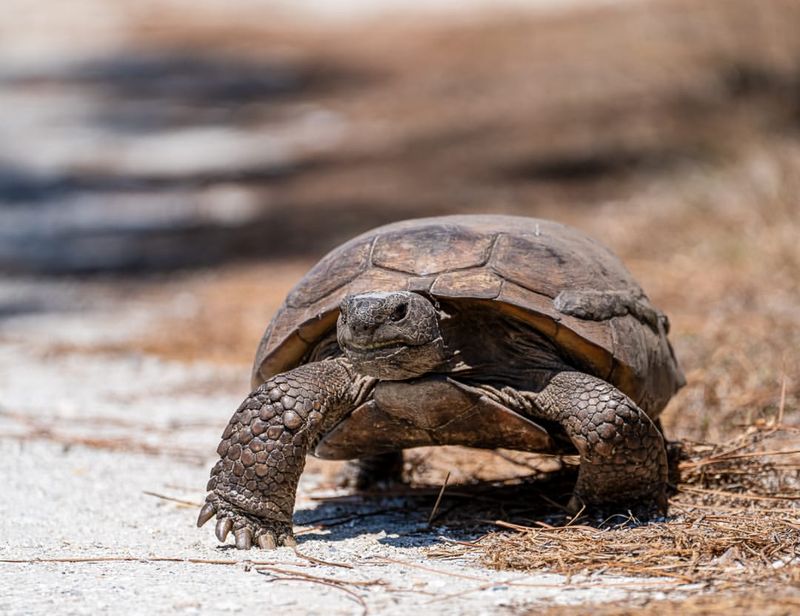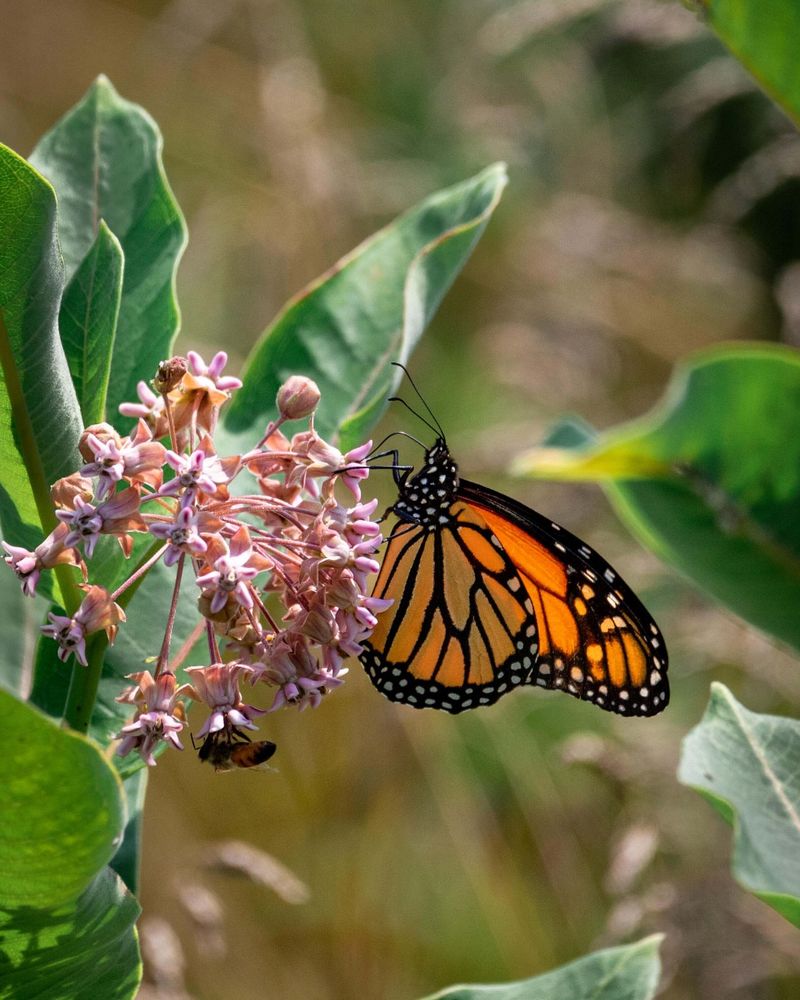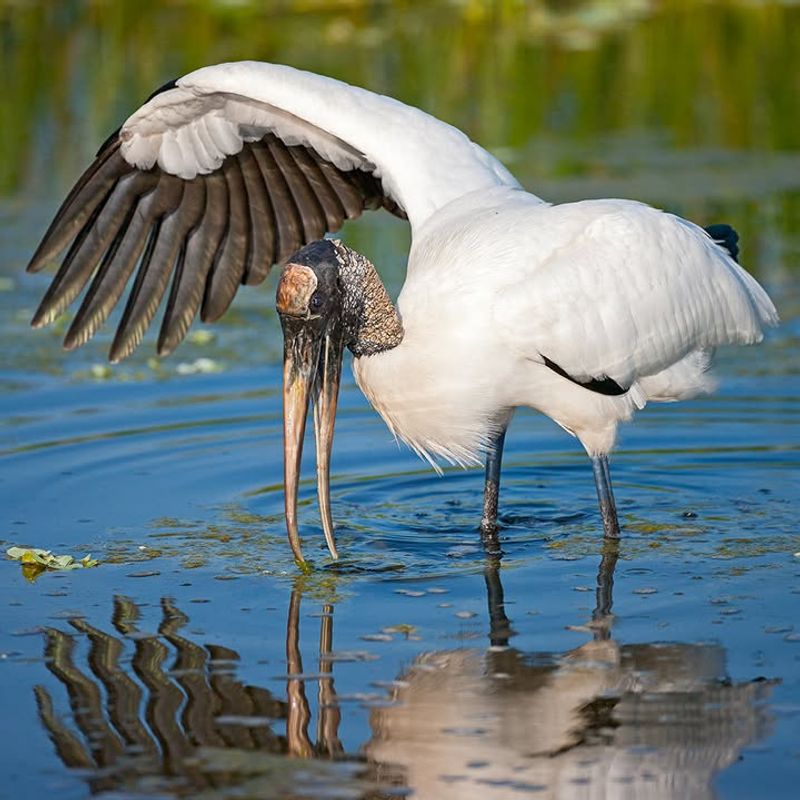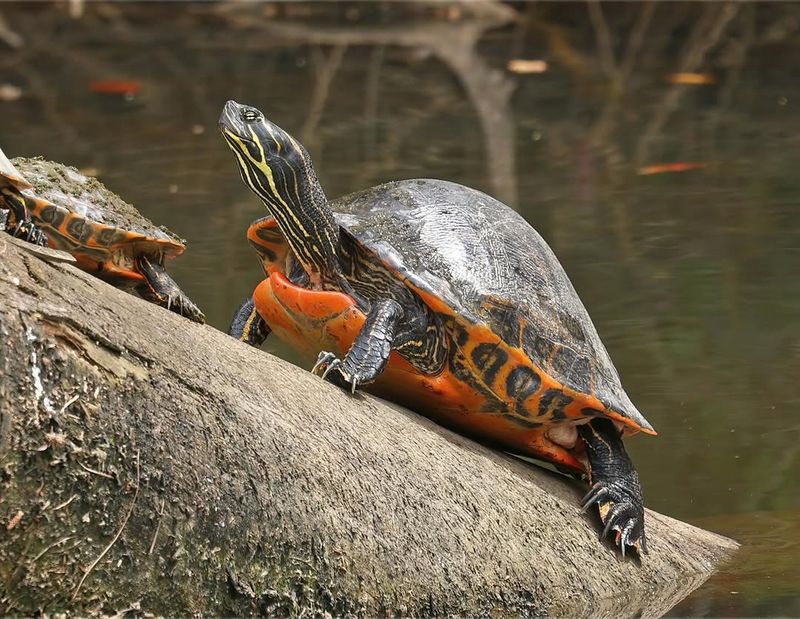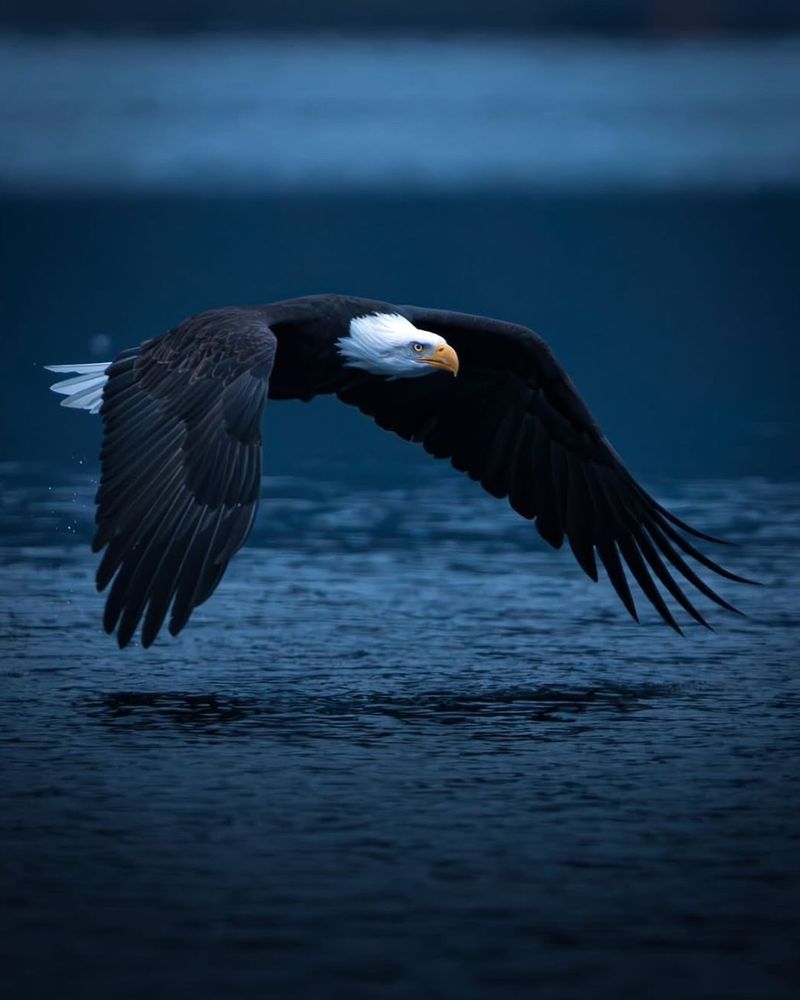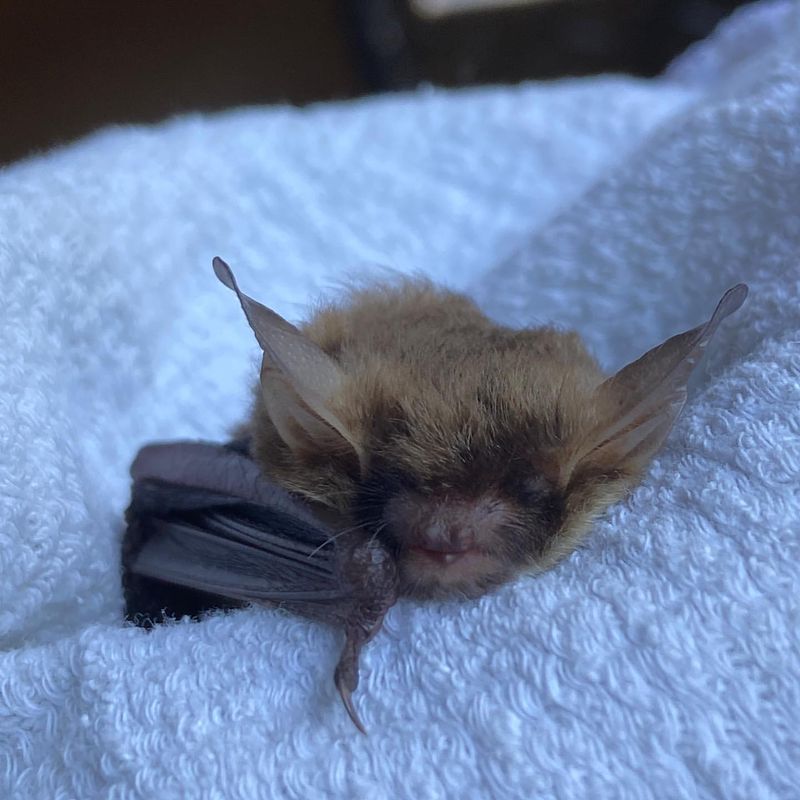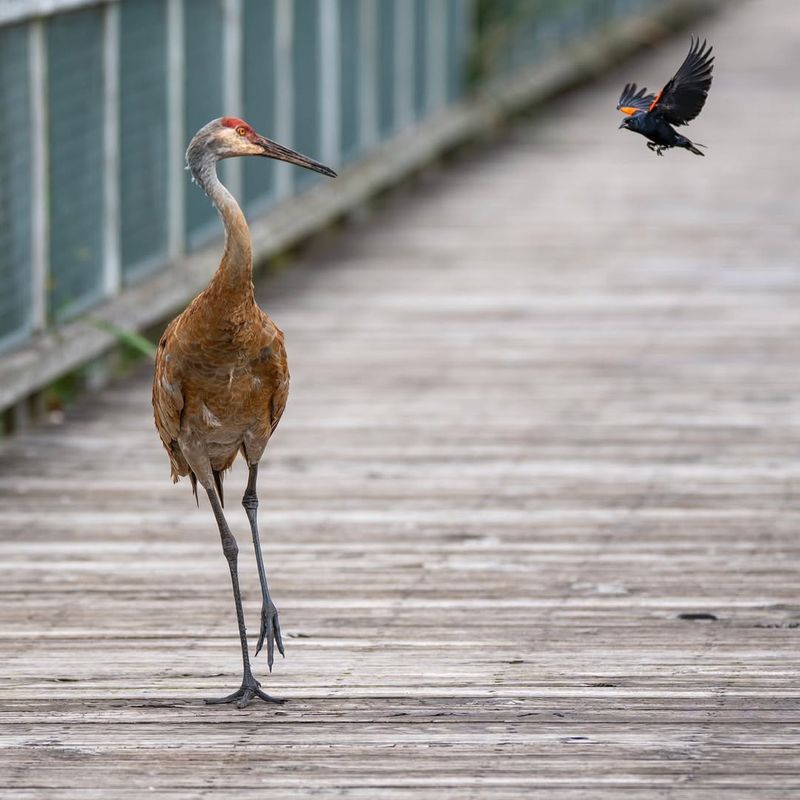Alabama’s wildlife laws are stricter than many people realize. Removing certain animals from your property—even if they seem like pests—can lead to hefty fines or even jail time.
Some species are protected by state regulations, and disturbing them can get you into serious trouble. It’s not just about the law—it’s about respecting the balance of nature.
I’ve found that learning which animals are off-limits helps you stay safe and responsible. A little knowledge goes a long way when sharing space with wild neighbors.
1. Eastern Box Turtle
Finding one of these colorful reptiles in your backyard might seem like a lucky discovery, but taking it home is against the law. Alabama classifies box turtles as protected wildlife because their populations have dropped significantly over the years.
Many people used to collect them as pets, which caused serious harm to wild populations. If you spot one wandering through your garden, simply let it pass through naturally.
Moving them to another location can actually confuse their internal navigation systems and harm their survival chances.
2. Red-Shouldered Hawk
With rust-colored shoulders and a piercing call, this magnificent bird of prey often nests in wooded suburban areas throughout Alabama. Federal law protects all hawks under the Migratory Bird Treaty Act, making it illegal to harm, capture, or disturb their nests.
Even if one builds a nest near your house, you must leave it alone during breeding season. These skilled hunters actually help homeowners by controlling rodent and snake populations around properties.
Watching them hunt from your window offers free pest control and entertainment.
3. Little Brown Bat
Discovering bats roosting in your attic can be unsettling, but Alabama law prohibits killing or removing them during certain times of year. These tiny mammals face threats from white-nose syndrome, a deadly fungal disease that has wiped out millions across North America.
Each bat devours thousands of mosquitoes and agricultural pests every night, making them incredibly valuable neighbors. If bats become a problem, you must hire licensed wildlife professionals who use humane exclusion methods.
Timing matters greatly since removal during maternity season is strictly forbidden.
4. Eastern Indigo Snake
America’s longest native snake species commands respect with its stunning blue-black coloration and impressive size reaching over eight feet. Federal endangered species protections make it a serious crime to harm, harass, or remove these gentle giants from your property.
Unlike venomous snakes, indigos pose no threat to humans and actually prey on rattlesnakes and copperheads. Their presence indicates a healthy ecosystem on your land.
Conservation efforts have worked to reintroduce them to Alabama after habitat loss nearly eliminated them from the state entirely.
5. Gopher Tortoise
These ancient-looking reptiles dig extensive underground burrows that provide shelter for over 350 other species, earning them the nickname ecosystem engineers. Alabama considers them a protected species, and disturbing their burrows or moving the tortoises carries hefty penalties.
Their population has declined by nearly 80 percent due to habitat destruction and illegal collection. If gopher tortoises live on your property, you actually own something special that increases your land’s ecological value.
Development projects require special permits and relocation efforts by trained professionals only.
6. Monarch Butterfly
Their incredible migration journey of thousands of miles makes monarchs one of nature’s most amazing travelers, but their numbers have plummeted dramatically. While not officially listed yet, Alabama wildlife officials strongly discourage any actions that harm monarchs or their essential milkweed host plants.
Removing milkweed from your garden eliminates the only food source for monarch caterpillars. Many counties have local ordinances protecting pollinator habitats on both private and public lands.
Planting native milkweed actually turns your yard into a certified butterfly waystation.
7. Wood Stork
Standing nearly four feet tall with a wingspan over five feet, wood storks occasionally visit Alabama wetlands and waterways during their seasonal movements. These prehistoric-looking birds fall under federal protection, making any interference with them or their nesting sites completely illegal.
Habitat loss has pushed them onto the threatened species list, so every wetland matters for their survival. If wood storks decide to feed in your pond or stream, consider yourself fortunate to witness these rare visitors.
They help control fish and amphibian populations naturally.
8. Alabama Red-Bellied Turtle
Found nowhere else on Earth except a small area in Alabama, this turtle species represents one of the state’s most precious natural treasures. Critically endangered status means touching, moving, or harming these turtles brings severe federal penalties including massive fines and potential imprisonment.
Only about 6,000 individuals remain in the wild, making every single turtle crucial for species survival. They live exclusively in the Mobile-Tensaw River Delta region.
Property owners in their habitat zone receive special instructions about protection requirements and often participate in conservation monitoring programs.
9. Bald Eagle
Once nearly extinct, America’s national symbol has made a remarkable comeback but remains heavily protected under multiple federal laws. Eagles increasingly nest near Alabama lakes and rivers, and disturbing their massive stick nests can result in criminal charges.
Even approaching too close with a drone or boat during nesting season violates protective regulations. These powerful raptors return to the same nesting territories year after year, sometimes using the same nest for decades.
Buffer zones around active nests restrict human activities, and property owners must respect these boundaries regardless of land ownership.
10. Northern Long-Eared Bat
Recognizable by ears that seem too large for their tiny heads, these bats recently received endangered species protection due to catastrophic population crashes. White-nose syndrome has killed over 90 percent of northern long-eared bats in some regions, making survivors critically important.
They often roost in tree cavities and under loose bark during summer months. Cutting trees or disturbing roosting sites during their active season requires federal permits and surveys.
Landowners must check for their presence before any tree removal or construction projects near wooded areas throughout Alabama.
11. Sandhill Crane
Their haunting trumpet calls announce their presence long before you spot these tall, graceful birds in Alabama fields and wetlands. Migratory Bird Treaty Act protection covers sandhill cranes completely, prohibiting any harassment, capture, or harm to these ancient birds.
They sometimes damage crops while feeding during migration, but farmers cannot legally chase them away using harmful methods. Special permits exist for specific agricultural situations, but regular homeowners must simply enjoy their temporary visits.
These cranes have existed relatively unchanged for over 10 million years, making them living fossils.

